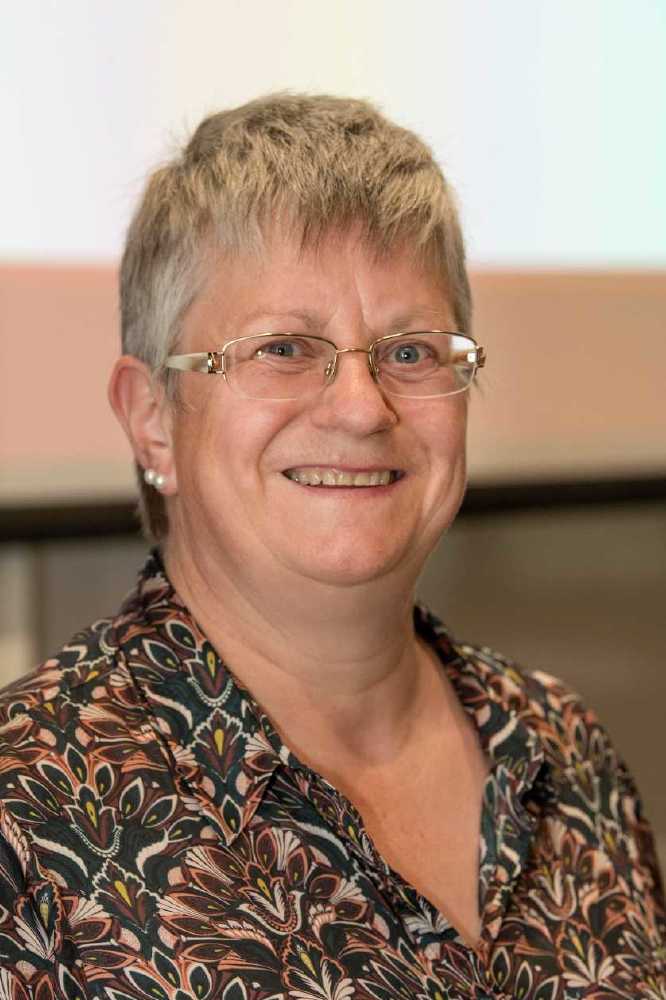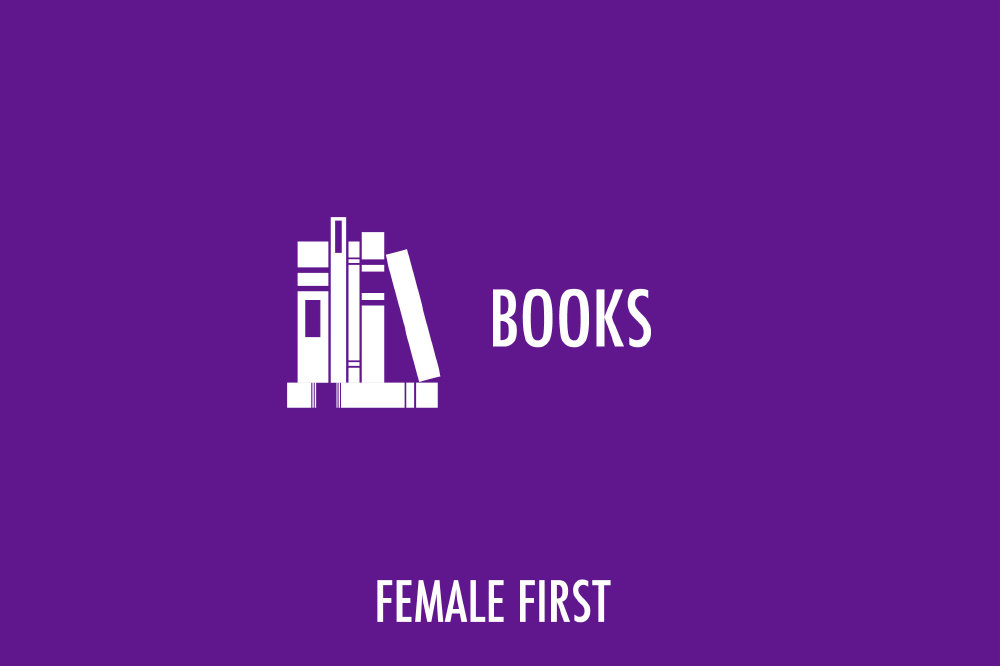As Russia’s war on Ukraine dominates the headlines, remarkable images of women have sprung up on social media. Lesya Vorotnyk, a ballerina in the National Opera of Ukraine, went viral with a photo where she brandishes a rifle, and makeup artist Alona Bushynska appeared in USA Today as part of a civilian task force providing protection and medical supplies to communities during the fighting. According to the Ukrainian government, women now represent around 15% of the army.

Jo Shaw
Putting themselves in danger daily, they also could be called ‘dangerous women’ – an insult attached to women for centuries. But behind this sexist label lies a serious set of questions about the dynamics, conflicts, identities and power relations with which women live today.
The idea of exploring what it means to be a dangerous woman first emerged in the middle of the last decade, as a series of high-profile acts of sexism and misogyny played out in the same digital space where these powerful images circulate today.
In March 2014, Mary Beard, Professor of Classics at Cambridge, gave a lecture titled ‘Oh Do Shut Up Dear!’, in which she traced the public voice of women through history—or more to the point, the silencing of those voices.
Beard discussed the Homeric idea that ‘an integral part of growing up, as a man, is learning to take control of public utterance and to silence the female of the species.’ Her lecture drew connections between that ancient attitude and the vitriol directed at women who speak out publicly today, particularly on social media.
As 2014 rolled on, more examples emerged, especially online.
It was the year of the Gamergate controversy, where several women working in the video games industry were targeted by a collective harassment campaign threatening violence, rape, murder and the public exposure of their personal information online. Female commentators on video game production and marketing, including Anita Sarkeesian, were also attacked for highlighting the under-representation, stereotyping and exploitation of women and minority groups in games.
2014 also saw a spike in young female celebrities being threatened with the public release of private photos showing them naked. From Jennifer Lawrence, known for her frank outspokenness about the policing of women’s bodies and gendered pay inequalities in Hollywood, to Emma Watson after she gave her UN Goodwill Ambassador’s ‘He For She’ speech, these women’s privacy was held hostage or outright violated. Roxane Gay rightly reminded us that this public shaming and harassment of women and girls existed before the internet. But digital spaces provide tinder for wildfires—just a single spark can burn to ashes reputations, livelihoods, and self-confidence, and compromise safety and security on and offline.
Then in 2015 came another reminder of the way in which women’s public voices are undermined—by portraying them as dangerous to society. In April 2015, the Daily Mail ran several headlines characterising Scottish First Minister Nicola Sturgeon MSP as ‘the most dangerous woman in Britain’. Before Sturgeon, it was Shami Chakrabarti, then Director of Liberty, who was marked with the ‘dangerous’ brand.
But what does it mean for a woman to be dangerous? Who, or what, does she present a danger to? Who gets to say she is dangerous? Does she consider herself dangerous? And what do the answers to those questions tell us about societies past and present? About our social and political structures, about our everyday lives, and about our very identities?
I wanted to examine these complexities further, and to do so in a way that was interdisciplinary and intersectional. I wanted to cross political divides, geographic boundaries and demographics.
So, the Dangerous Women Project was born. Between International Women’s Day 2016 and 2017, my team at the University of Edinburgh asked over 365 people one question: what does it mean to be a ‘dangerous woman’? Daily blogs poured in from women of diverse backgrounds and identities, including poets, playwrights, academics, journalists, commentators, artists, performers and opinion formers, all collected at https://dangerouswomenproject.org.
It’s a question with resonance. The more people we talked to, the clearer that became.
True to form, when we corresponded about the Dangerous Women Project, Beard quipped: ‘Speaking personally, I’d rather be dangerous than safe!’
Nicola Sturgeon told us: ‘Terms like ‘dangerous’ belittle the positions of women in power by implying that we should be feared, not trusted or not skilled enough to do the job. I want to challenge the status quo and set an ambitious agenda to make Scotland a fairer and more prosperous nation.’
Another contributor, journalist Bidisha, told us why she embraced the concept of being dangerous: ‘A dangerous woman is a woman who is in touch with her rage, her pain and her sorrow at the world we live in. A dangerous woman has decided that speaking the truth about what she’s experienced and witnessed is more important than the diplomatic silence which lets oppressors and abusers get away with it. That’s why I, and all women who speak out, are dangerous – and it feels great.’
Two books have now emerged from the enormous range of responses: The Art of Being Dangerous (Leuven University Press, £35) collects poetry, short stories and visual art from around the world on the theme of women and danger, and the newly published Dangerous Women: fifty reflections on women, power and identity (Unbound, £10.99) gathers our favourite essays by figures including Irenosen Okojie, Jo Clifford and Nada Awar Jarrar, as well as an introduction from the First Minister herself.
In 2022, we’re seeing new answers to our question, from women taking up arms against Russia to this week’s protests about pregnant women held in UK prisons. It seems like we’re still exploring how to be dangerous in all walks of life, and asking what it means.

The Dangerous Women Project is an initiative of the Institute for Advanced Studies in the Humanities at the University of Edinburgh, led by Dr Peta Freestone, Professor Jo Shaw and Dr Ben Fletcher-Watson.
AUTHOR BIO: Professor Jo Shaw is the Head of the Edinburgh Law School and holds the Salvesen Chair of European Institutions. Between 2014 and 2017, she was Director of the Institute for Advanced Studies in the Humanities. Her research interests lie in the fields of EU law, constitutional law, and citizenship.
RELATED: Seven things you need to know about Emotional Inheritance by author Galit Atlas


